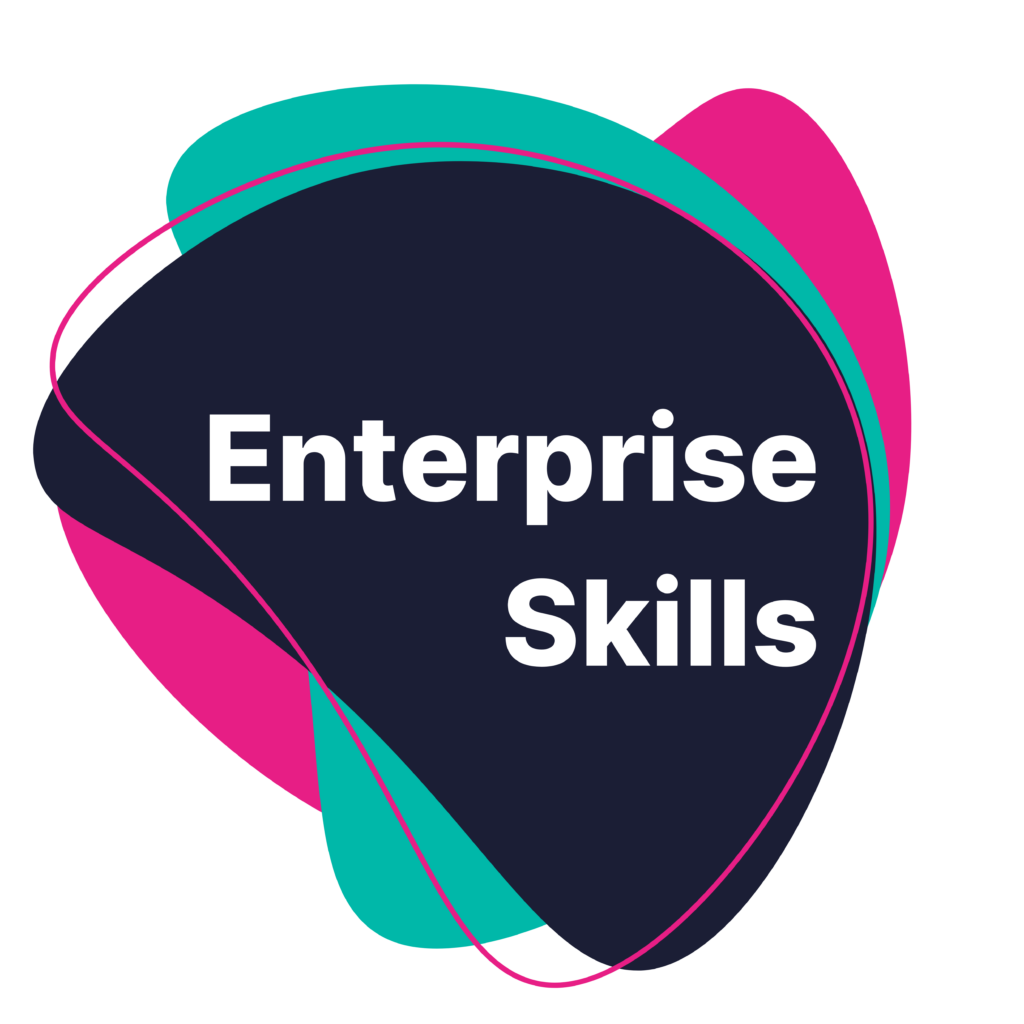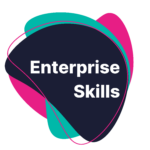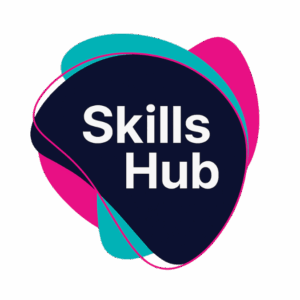Syllabus: AQA - AS and A Level Economics
Module: 3.1.1 Economic Methodology and the Economic Problem
Lesson: 3.1.1.4 Scarcity Choice and the Allocation of Resources
Jump to Section:
Introduction
This topic sits within Section 3.1.1 of the AQA AS and A Level Economics specification, covering Economic Methodology and the Economic Problem. The subtopic 3.1.1.4 – Scarcity, Choice and the Allocation of Resources – introduces students to one of the most fundamental principles of economics: how finite resources meet infinite wants. It links directly to broader microeconomic models and prepares learners to explore market structures, government policy, and consumer behaviour in more depth. For teachers, it offers an ideal foundation for encouraging active thinking and real-world discussion from the very first lessons.
Key Concepts
According to the AQA syllabus, this topic requires students to understand:
-
Scarcity: Resources (land, labour, capital, enterprise) are limited, while human wants are unlimited.
-
Choice: Due to scarcity, economic agents must make decisions about how to allocate resources.
-
Opportunity Cost: Every choice has a next-best alternative foregone.
-
Allocation of Resources: How economies decide what, how, and for whom to produce.
This forms the basis of the “economic problem” and encourages students to think analytically about trade-offs and prioritisation, using concepts they can apply repeatedly throughout the course.
Real-World Relevance
Scarcity and choice are not just theoretical ideas — they’re front and centre in global and local policy decisions:
-
NHS resource allocation: How should a limited number of ICU beds be distributed during a flu outbreak or pandemic?
-
Climate policy: Should a government subsidise electric vehicles or invest in green infrastructure? Each has different opportunity costs.
-
Household budgeting: Rising energy prices have forced families to choose between heating and other essentials — a tangible example of opportunity cost for students.
-
Business decisions: Firms choosing between automation investment vs. expanding the workforce mirrors the classic “what and how to produce” decision.
Linking these examples in class helps learners see economics as something they live, not just learn.
How It’s Assessed
In AQA’s AS and A Level exams:
-
This topic is typically tested through short explain-and-apply questions, often using production possibility diagrams or applied examples.
-
Common command words include explain, analyse, and evaluate — students need to go beyond definition and show layered reasoning.
-
Diagrams (especially PPCs) are key here. Students must not only draw but interpret them to demonstrate trade-offs, underemployment, or economic growth.
-
Typical exam prompts might include:
-
“Explain how scarcity leads to opportunity cost.”
-
“Using a production possibility diagram, illustrate the concept of choice.”
-
Mark schemes reward clarity, application to context, and correct use of economic terminology.
Enterprise Skills Integration
Scarcity and choice are at the heart of business — which is why this topic aligns naturally with Enterprise Skills simulations and tools:
-
Decision-making under pressure is a key enterprise skill, and this lesson opens the door to structured reasoning and trade-off analysis.
-
Simulations like those offered by Enterprise Skills put students in scenarios where they must choose between competing priorities — managing budgets, choosing suppliers, or allocating marketing spend.
-
Through this, they practise:
-
Problem-solving
-
Commercial awareness
-
Critical thinking
-
Reflective reasoning (why one choice was made over another)
-
This is not about ‘adding extra’. It’s about bringing the economic problem to life using tools built for real classrooms.
Careers Links
This topic supports Gatsby Benchmarks 4, 5, and 6:
-
Benchmark 4 (Curriculum Linked to Careers): Economics isn’t abstract here — it’s decision-making in action.
-
Benchmark 5 (Employer Encounters): Use this topic to frame discussions with visiting speakers about how resource allocation works in business or public service.
-
Benchmark 6 (Workplace Experience): Real-life examples from the NHS, retail, or local government can be used to spark student research or mini case study presentations.
Careers pathways that link directly to this topic include:
-
Policy analysis
-
Logistics and operations
-
Investment and finance
-
Public sector planning
-
Consultancy
Understanding trade-offs is a universal workplace skill, especially in strategic and budget-focused roles.
Teaching Notes
Here are practical tips to help you deliver this topic effectively:
1. Use real, current examples
Bring in topical news — e.g., energy pricing, NHS strikes, or climate spending decisions. Students can work in groups to debate allocation choices.
2. Reinforce with diagrams
Production Possibility Curves (PPCs) are core here. Use low-stakes whiteboard sketching or shared modelling to build confidence.
3. Avoid over-theorising too soon
This is a concept-led lesson. Don’t rush into equations or heavy terminology before students grasp the fundamental idea: that every choice means giving something else up.
4. Use Enterprise Skills simulations
If available in your school, use simulation activities where students manage limited resources. Even a short 30-minute scenario works well to reinforce this concept.
5. Extend through cross-curricular links
Pair this with decision-making content from Geography or Business to give students broader relevance.
6. Common pitfalls to watch for
-
Confusing scarcity with shortage — scarcity is permanent, shortage is temporary.
-
Ignoring opportunity cost in everyday decisions — get students to reflect on their own trade-offs (e.g., how they spent their weekend).
-
Forgetting to annotate diagrams — mark schemes reward clarity in labels and explanations.
This is a foundational topic, but also one of the richest for building real engagement. When taught well, it sets the tone for the rest of the course — thinking critically, weighing choices, and connecting classroom learning to the world around them.


